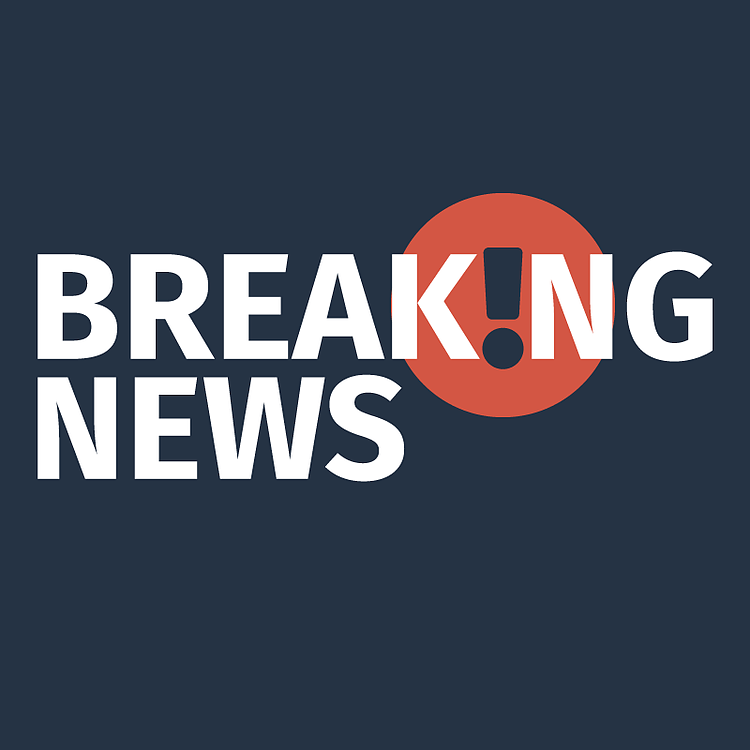Following its July policy meeting, the Bank of Canada (BoC) said on Wednesday that it kept its benchmark rate at 0.25 percent, as expected. The Bank of Canada, on the other hand, opted to lower the weekly net asset purchase objective for government of Canada bonds from C$3 billion to C$2 billion.
With the initial reaction, the USD/CAD pair fell to a daily low of 1.2434, but managed to recover. At the time of writing, the pair was trading at 1.2494, down 0.15 percent on the day.
“The bank’s increasing confidence in the robustness of the Canadian economic outlook is reflected in the QE adjustment,” says the bank.
“The Governing Council believes that the Canadian economy continues to have significant surplus capacity and that the recovery requires extraordinary monetary policy support.”
“The recent emergence of new COVID-19 variants is causing concern, particularly in areas where vaccination rates are still low.”
“The causes driving up inflation are fleeting, but their permanence and size are unknown, and they will be constantly studied.”
“After a weak first quarter, Q3 growth should rebound significantly, and inflation will likely remain at or above 3% for the rest of 2021.”
“Economic slack will be absorbed at some point in H2 2022, unchanged from the April MPR,” says the report.
“While the pandemic’s downside risks have greatly decreased, attaining a full and inclusive recovery will take time.”
“The Bank of Canada estimates that Canada’s GDP will grow by 6.0 percent in 2021, up from +6.5 percent in the April MPR, then by 4.6 percent in 2022 (up from +3.7 percent) and 3.3 percent in 2023.”
“2021 Q1 annualized GDP was +5.6% (vs +7.0% in April MPR), Q2 annualized GDP was +2.0% (vs +3.5%), and Q3 annualized GDP was +7.3%,” says the report.
“In comparison to the April MPR prediction, projections show that real GDP will be 0.75 percent higher by the end of both 2022 and 2023.”
“Inflation will relax to about 2% in 2021 and 2022 as the effects of temporary variables disappear; it will then rise briefly to somewhat above 2% in 2023 before reverting to the target in 2024.”
“Overall, inflation in Canada is expected to be 2.4 percent in 2022, up from 1.9 percent in April MPR, and 2.2 percent in 2023 (up from 2.3 percent).”
“Over the projection horizon, the economic recovery is likely to grow more broad-based and self-sustaining; yet, significant labor market slack already exists,” says the report.
“Housing activity is expected to remain greater than it was before the pandemic; supply and demand rebalancing will lead to a moderated increase in house prices over the projection horizon.”
“Over the period 2021-23, potential output growth is expected to average roughly 1.8 percent per year, up 0.2 percentage points from the April MPR.”
“Strong growth in overseas demand and stronger commodity prices could help boost exports and business investment,” says the report./n





